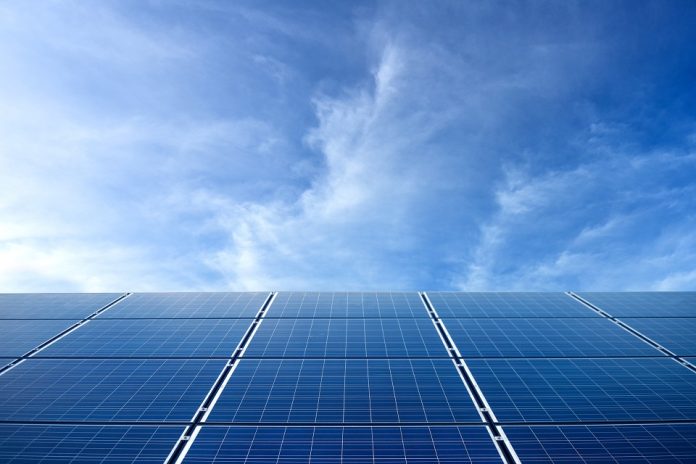There is a global consensus that non-renewable energy sources cannot meet the world’s energy needs in the long term. This conclusion, coupled with the fact that climate change is now a very present concern, is driving the collective shift towards more use of renewable energy- and solar power in particular. Because of this, solar systems are becoming a regular addition to many homes in Australia, producing about 9.9% of the country’s total energy.
While the term solar systems encompass all there is to do with this type of energy production, there is some variation in the scope of what you need based on property size. In addition, different homes will require different size solar systems to meet their electricity needs. Therefore, it is crucial to determine the right one before purchasing it. A simple solution is to use a solar calculator, so let’s dig a little deeper and figure out exactly how we do it.
Which Size of Solar System Is Best for My Home?
Determining the answer to this question requires you to tabulate some information to lead you to the best solution. So, follow this guide as it details how to calculate which size solar system is best for your home.
Step 1: Establish Your Budget
Before calculating the correct size solar power system for your home, you have to determine how much you are willing to spend.
Your budget must be enough to allow you to purchase enough solar panels to provide ample energy for your home. However, if you can’t meet this requirement, you can opt to look into signing up for a more affordable interest-free payment plan. This scheme will allow you to buy all the required components of a solar system while spreading the cost over a more attainable time frame.
Step 2: Determine Your Home’s Energy Usage
Your home’s solar system’s size and output capacity reflect your household’s current daily- and future- energy consumption levels.
To determine your household’s daily energy usage in Jacksonville, consult with experts for home solar power system cost, electricity usage and get assistance with solar installation and more. If there is no stated daily usage amount, take the monthly total and divide it by 30. The result will display your average daily consumption, thus helping you determine the proper solar system size.
Step 3: Work Out Your Daily Target for Energy
In selecting a solar system, you must account for periods of heavier use. Thus its size must be able to provide enough power in these times. In addition, you must also remember that sunlight intensity varies daily and even hourly.
For this reason, ensure that your daily energy target estimate is 25% higher than your daily energy usage. This variance ensures that you have sufficient power even in periods of heavier than usual use or less sun exposure.
Step 4: How Many Panels Will You Need?
To get an accurate estimate of the number of panels you will need, start by dividing your home’s hourly energy usage by your daily usage in kWh. Then, by multiplying this figure by 1000, you will arrive at the estimated average use. Next, divide your hourly usage by the wattage of the solar panels you plan to purchase. However, please note that the wattage of your solar panels is reliant on their type and quality. Better quality allows you to use fewer panels.
Additionally, the amount of sun exposure your home gets affects the number of panels you need to get the correct outputs.
With all the requisite estimates, you can contact a local installer, who will verify the accuracy of your tabulations before they determine how many panels they can place on your roof. On top of this, they will calculate the angles at which your panels should be set for optimal energy output. So take your findings to a solar system professional to ensure that you get the correct size.



































